The main applications of motors in the industrial field
Date:2022-10-06 Author:Shandong Xinda Motor Co., Ltd.
Introduction
1. Brief introduction of various types of motors
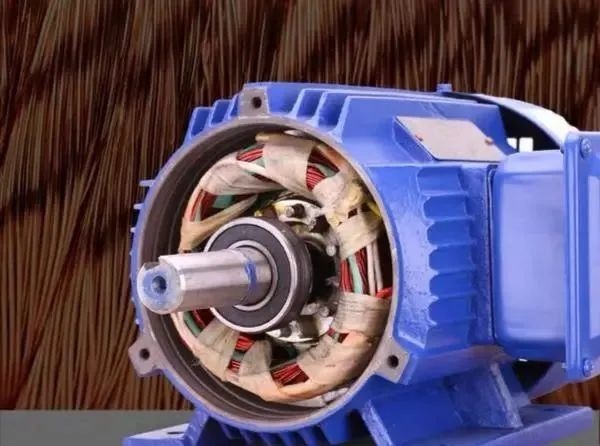
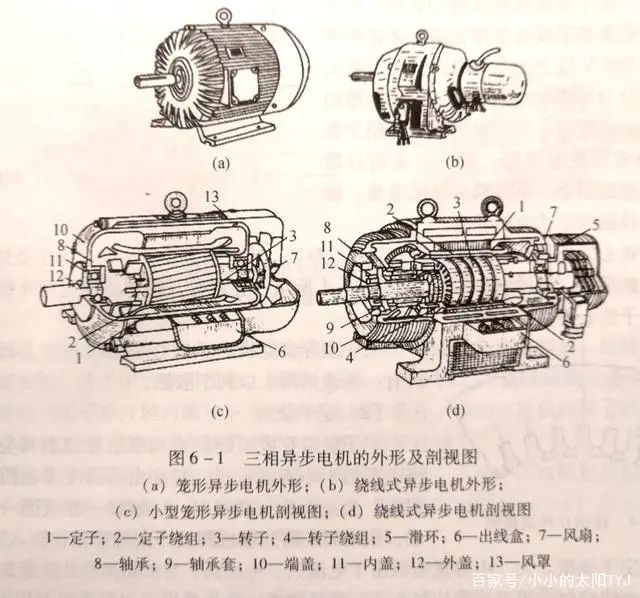
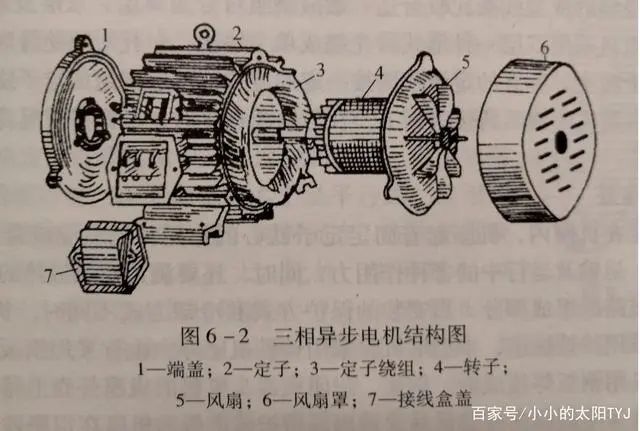
High-performance rare earth permanent magnet motors are the foundation of many new technologies and high-tech industries. It is combined with power electronics technology and microelectronic control technology to manufacture various mechatronics products with excellent performance, such as CNC machine tools, machining centers, flexible production lines, robots, electric vehicles, high-performance household appliances, computers and so on.
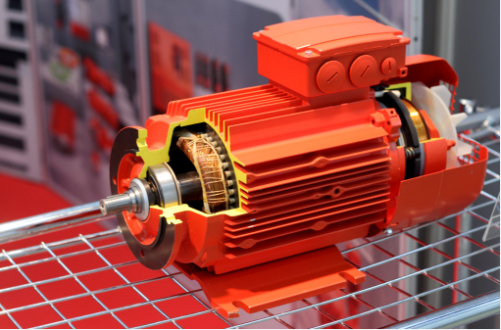
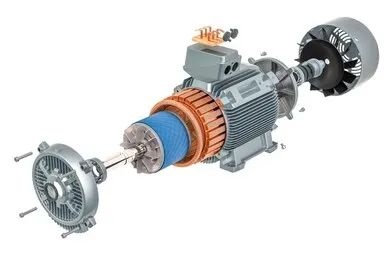
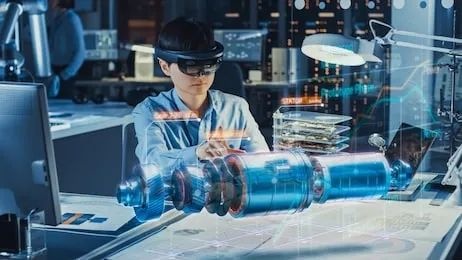
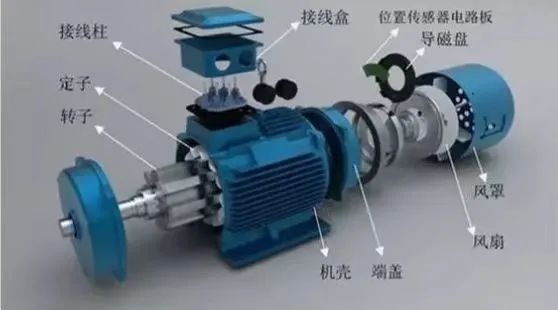
2. SWOT analysis of the above four types of motors
3. Comparative analysis of motor products
|
|
|
|
|
|
|
|
|
|
|
|
|
|
|
|
|
|
|
|
|
|
|
|
|
|
|
|
|
|
|
|
|
|
|
|
|
|
|
|
|
|
|
|
|
|
|
|
|
|
|
|
|
|
|
|
|
|
|
|



























 XINDA
XINDA